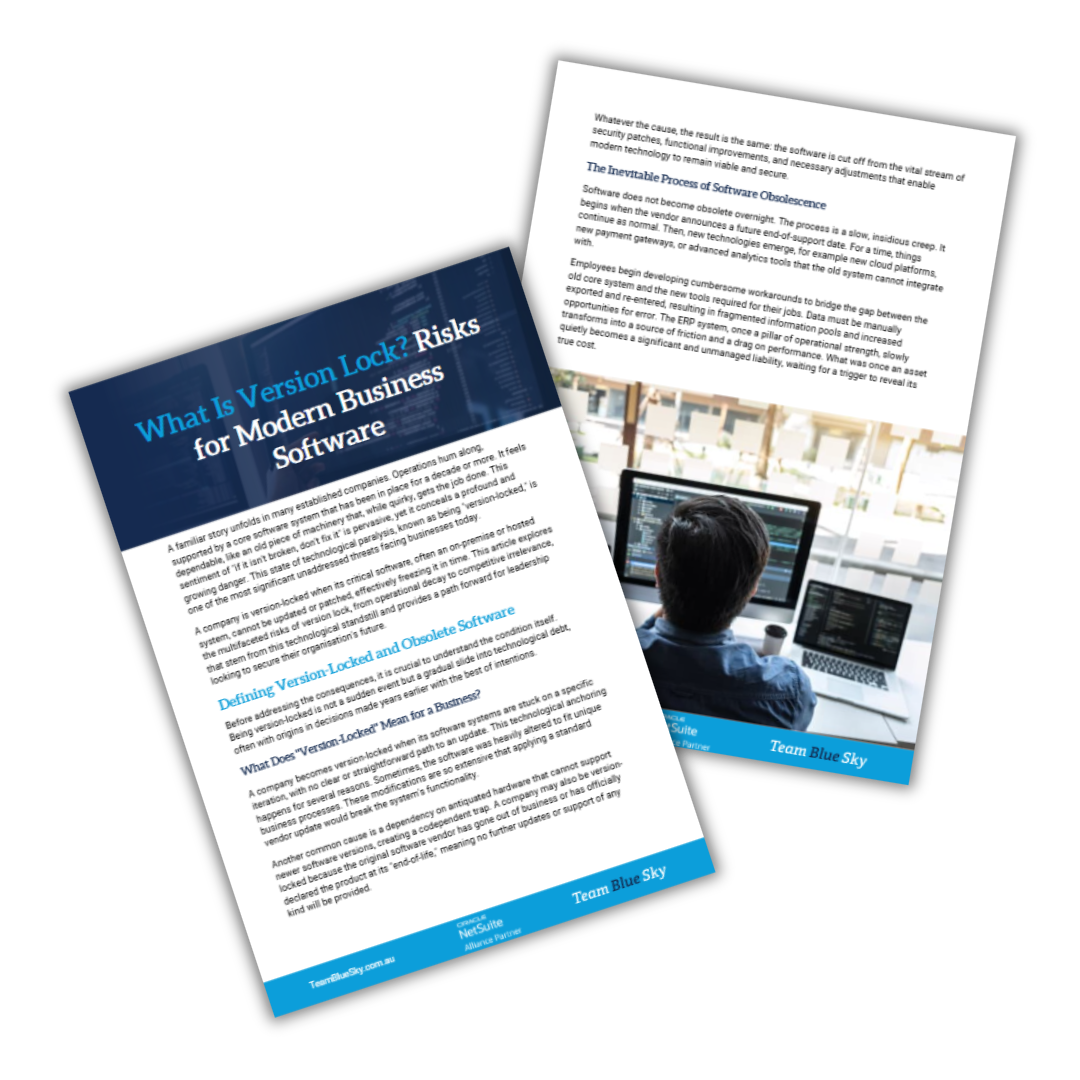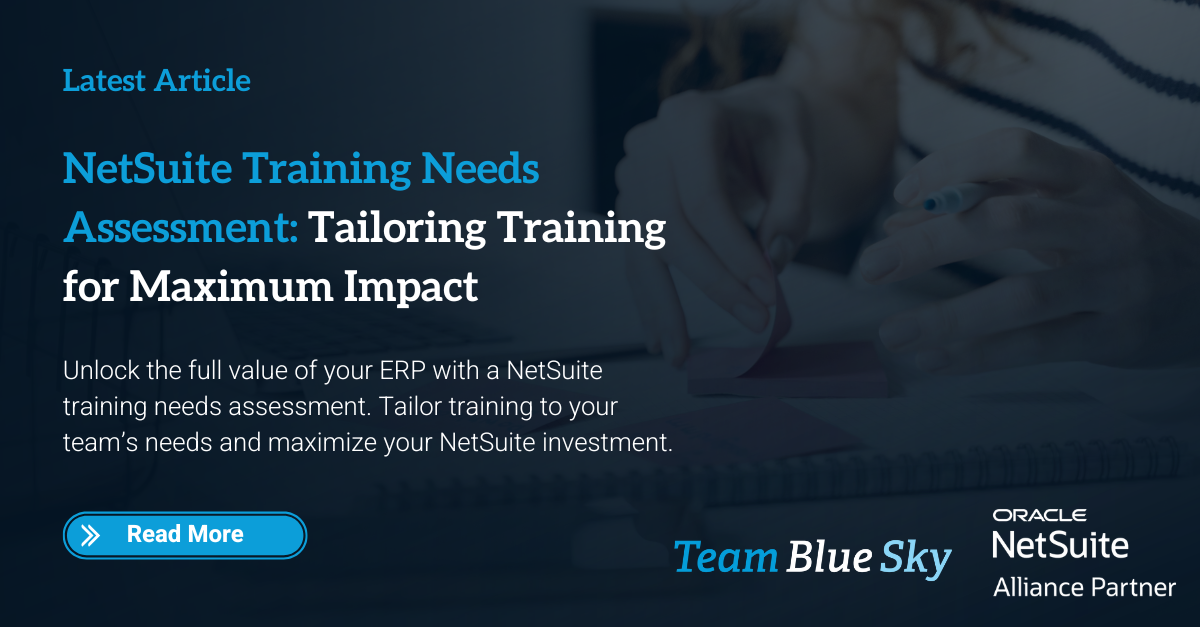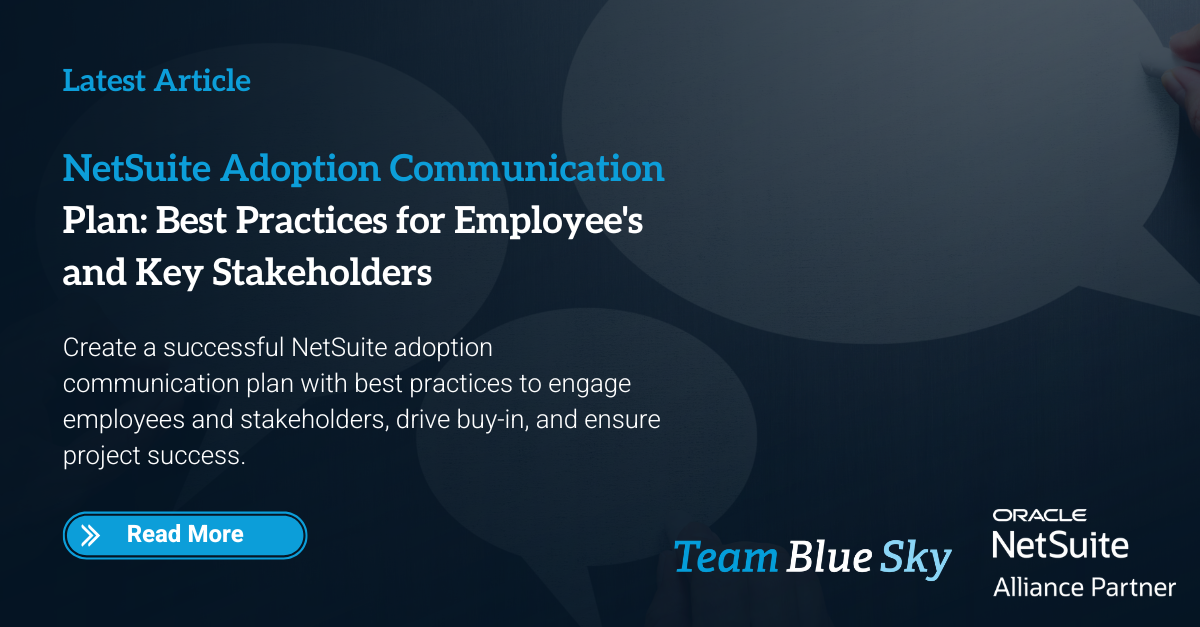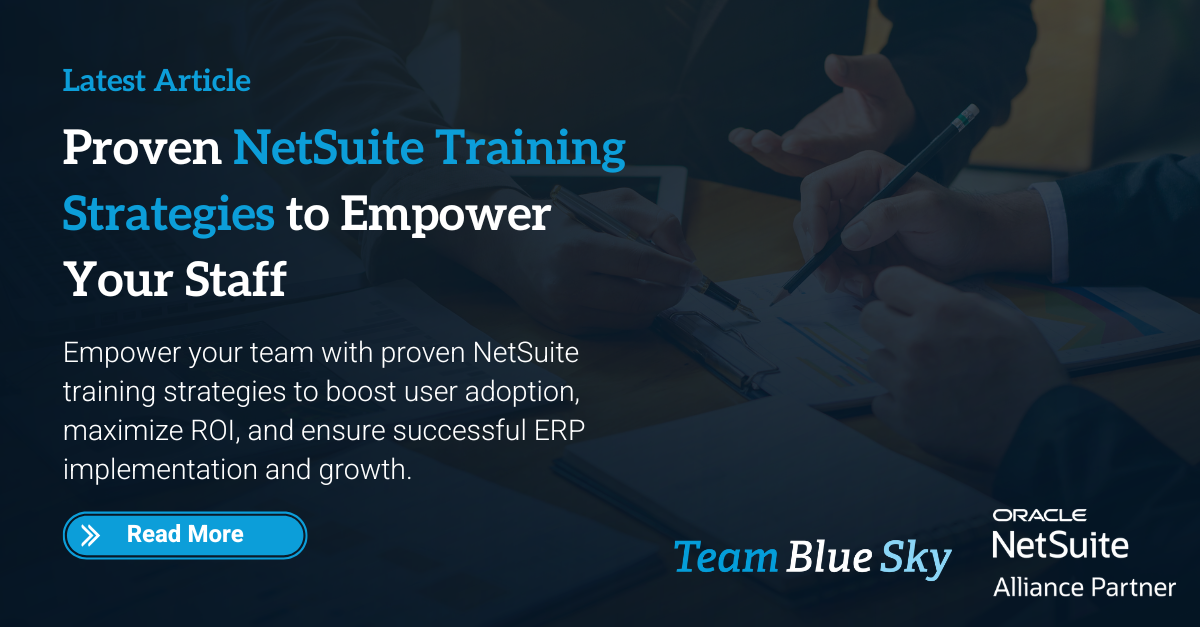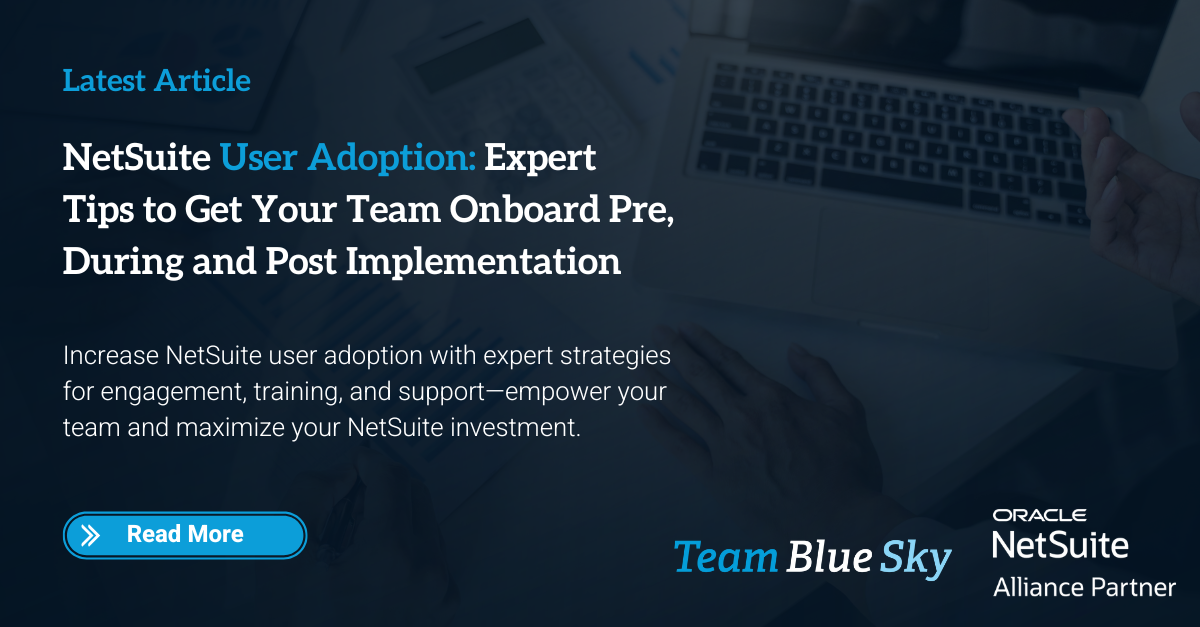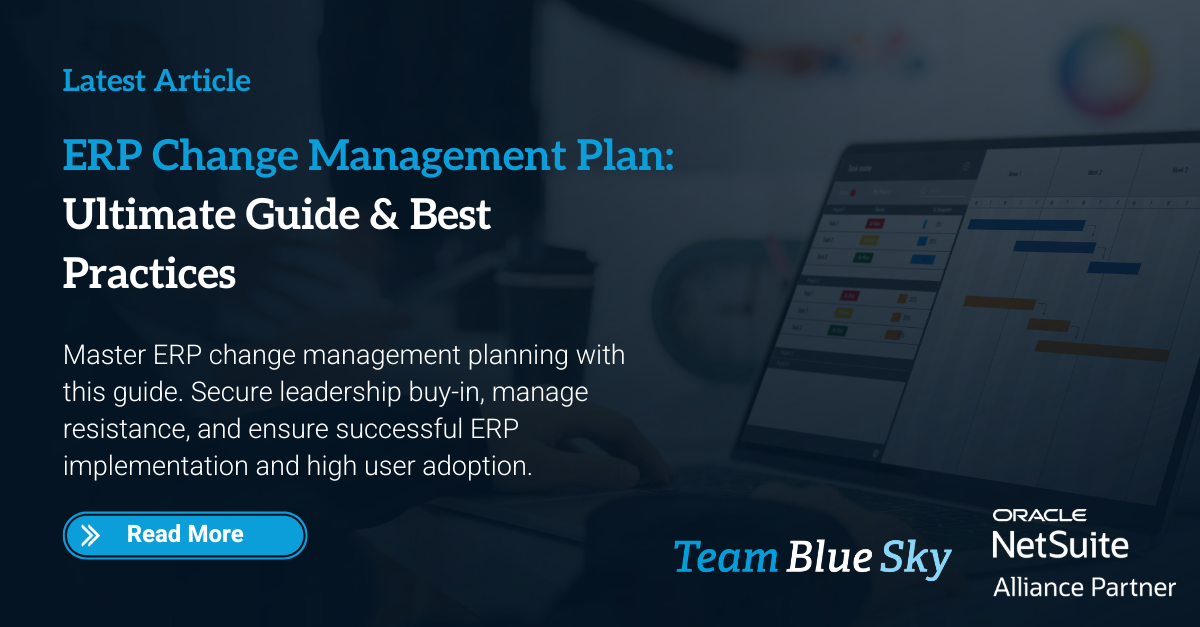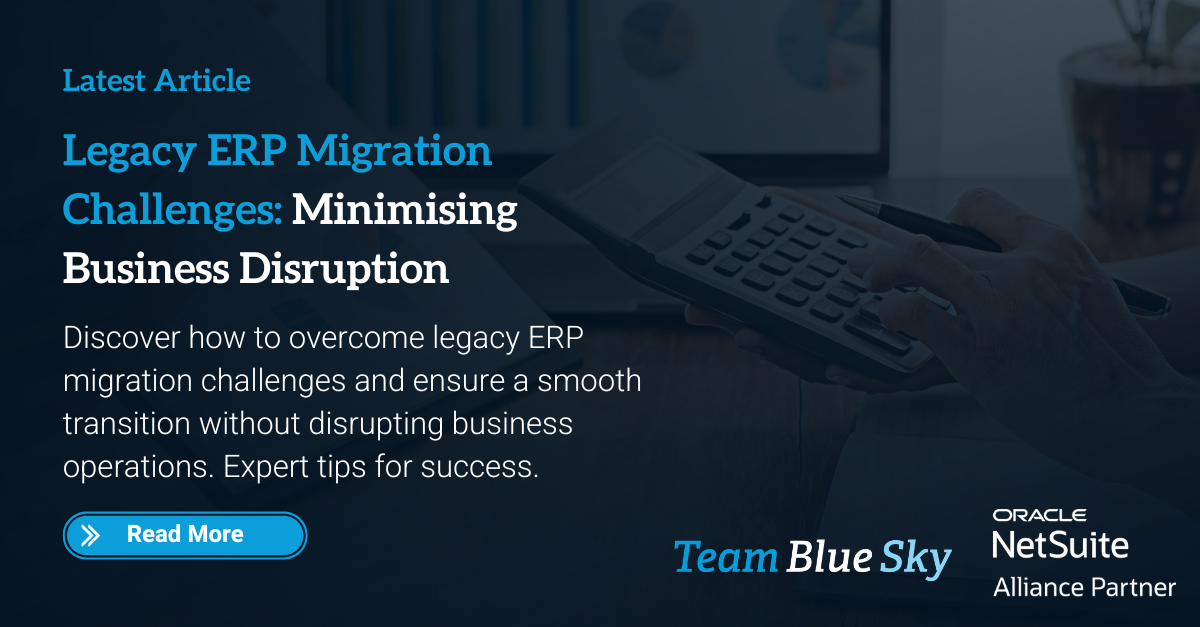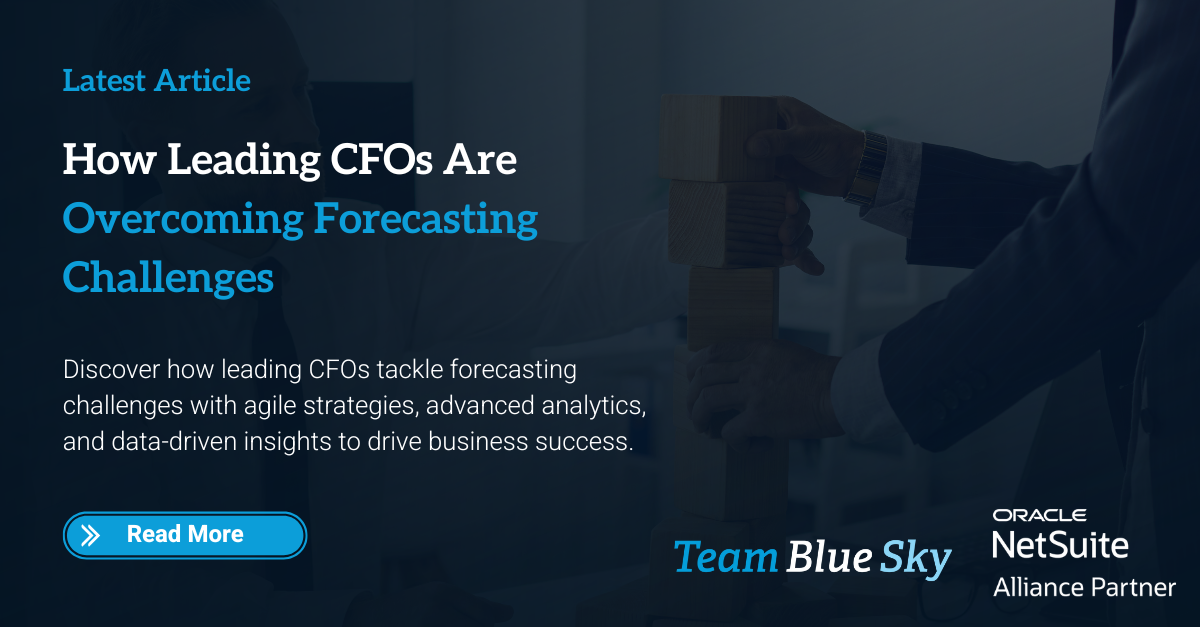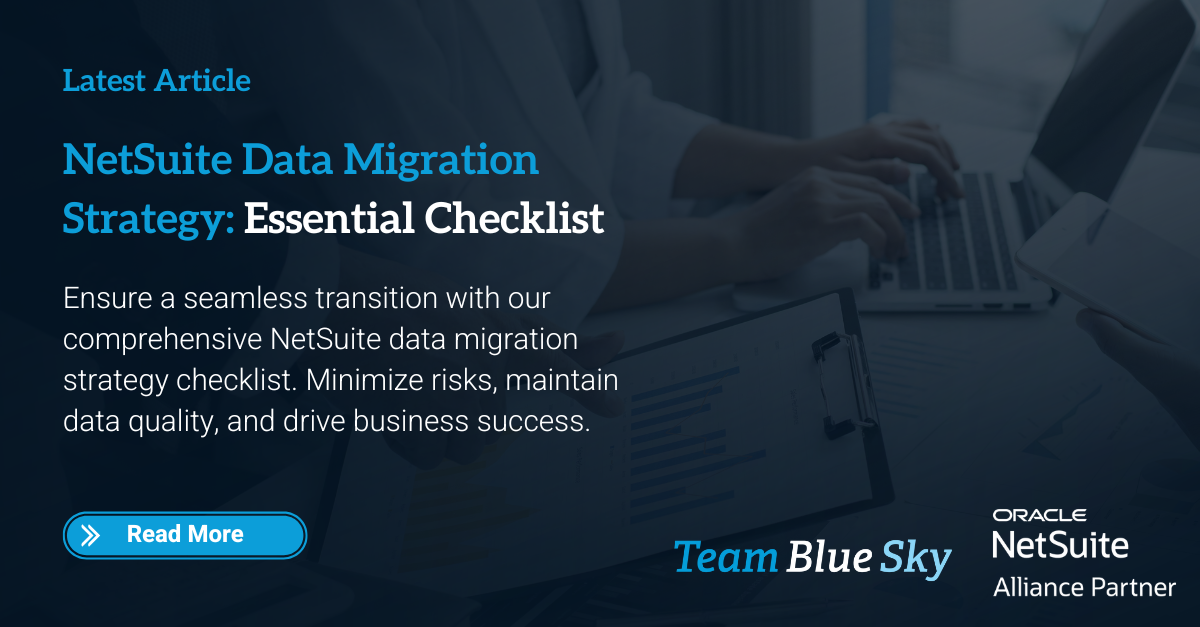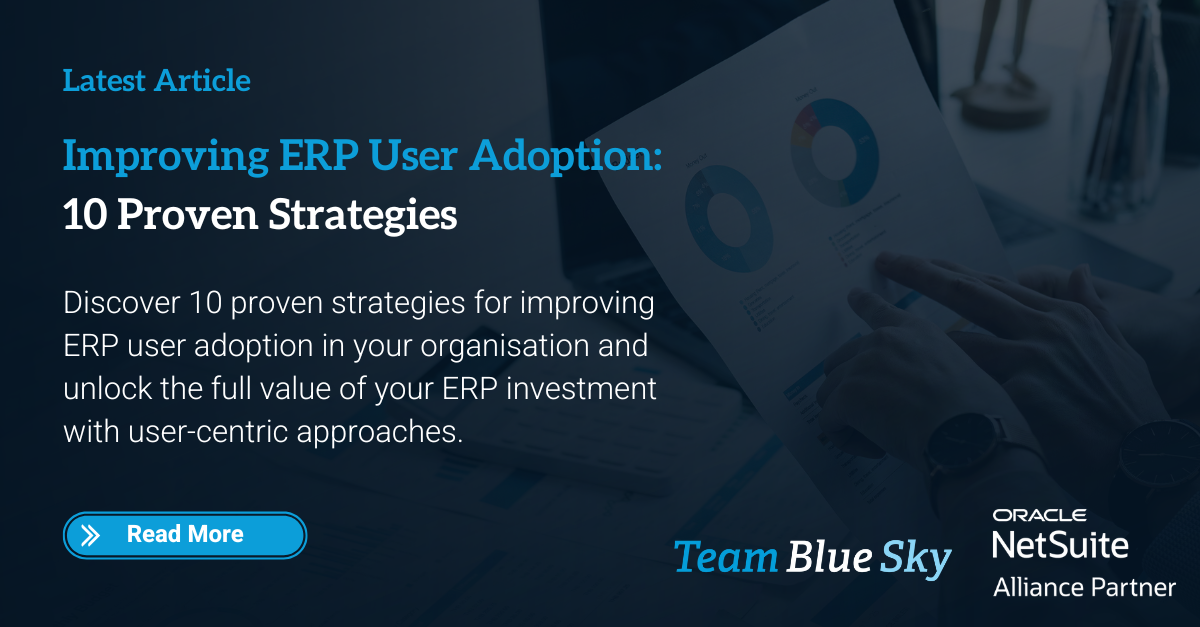What Is Version Lock? Risks for Modern Business Software
A familiar story unfolds in many established companies. Operations hum along, supported by a core software system that has been in place for a decade or more. It feels dependable, like an old piece of machinery that, while quirky, gets the job done. This sentiment of "if it isn't broken, don't fix it" is pervasive, yet it conceals a profound and growing danger. This state of technological paralysis, known as being "version-locked," is one of the most significant unaddressed threats facing businesses today.
A company is version-locked when its critical software, often an on-premise or hosted system, cannot be updated or patched, effectively freezing it in time. This article explores the multifaceted risks of version lock, from operational decay to competitive irrelevance, that stem from this technological standstill and provides a path forward for leadership looking to secure their organisation's future.
Defining Version-Locked and Obsolete Software
Before addressing the consequences, it is crucial to understand the condition itself. Being version-locked is not a sudden event but a gradual slide into technological debt, often with origins in decisions made years earlier with the best of intentions.
What Does "Version-Locked" Mean for a Business?
A company becomes version-locked when its software systems are stuck on a specific iteration, with no clear or straightforward path to an update. This technological anchoring happens for several reasons. Sometimes, the software was heavily altered to fit unique business processes. These modifications are so extensive that applying a standard vendor update would break the system's functionality.
Another common cause is a dependency on antiquated hardware that cannot support newer software versions, creating a co-dependent trap. A company may also be version-locked because the original software vendor has gone out of business or has officially declared the product at its "end-of-life," meaning no further updates or support of any kind will be provided.
Whatever the cause, the result is the same: the software is cut off from the vital stream of security patches, functional improvements, and necessary adjustments that enable modern technology to remain viable and secure.
The Inevitable Process of Software Obsolescence
Software does not become obsolete overnight. The process is a slow, insidious creep. It begins when the vendor announces a future end-of-support date. For a time, things continue as normal. Then, new technologies emerge, for example new cloud platforms, new payment gateways, or advanced analytics tools that the old system cannot integrate with.
Employees begin developing cumbersome workarounds to bridge the gap between the old core system and the new tools required for their jobs. Data must be manually exported and re-entered, resulting in fragmented information pools and increased opportunities for error. The ERP system, once a pillar of operational strength, slowly transforms into a source of friction and a drag on performance. What was once an asset quietly becomes a significant and unmanaged liability, waiting for a trigger to reveal its true cost.
How On-Premise and Hosted Systems Increase Risk
The path to becoming version-locked is particularly well-trodden by companies using traditional on-premise software or certain types of hosted solutions, sometimes referred to as "fake cloud." These models, by their nature, contain the very ingredients that create a technological dead end.
The Risks of On-Premise Software Customisation
On-premise systems are installed and run on a company's own servers and computing infrastructure. A decade ago, a key selling point for this model was the ability to deeply modify the software's source code to perfectly match a company's unique and often complex business processes. This seemed like a strength, but it created a ticking time bomb.
Upgrade Risks from Heavy Modification
Each modification branched the company's version of the software away from the standard, vendor-supported path. Applying a standard update or patch from the vendor became a high-risk operation. An update could overwrite the custom code, breaking the very processes the business relied on. As a result, upgrades were either avoided entirely or required a massive, costly project to re-develop all the modifications on top of the new version. For many, the path of least resistance was simply not to update, thereby cementing their version-locked status.
High Maintenance Costs for Outdated Code
The decision to stand still was not without its own monetary burden. To receive even basic support for these outdated systems, vendors typically charge an annual maintenance fee. This fee is substantial, often running between 20% and 30% of the original perpetual license cost. This payment does not introduce any new features or improvements; it is a recurring charge for managed decline. The company pays a premium for obsolescence, funding a code base that falls further behind with each invoice paid.
The Problem with Hosted "Fake Cloud" Solutions
To counter the rise of true cloud solutions, some traditional vendors began offering "hosted" or "private cloud" options. In this model, the vendor or a third party manages the company's unique instance of the software on their own servers. While this removes the burden of managing physical hardware, it often presents the exact same version-locking risks as an on-premise system.
It is not a true multi-tenant Software-as-a-Service (SaaS) platform where all clients share the same, continuously updated infrastructure. Instead, it is simply someone else's server running your old, isolated software instance. Customisations still break upon updates, and the underlying technology continues to age, leaving the business just as trapped, but with the illusion of being on "the cloud."
Major Business Consequences of Outdated Systems
The operational impacts of running outdated software are not subtle once they become apparent. They manifest as direct threats to the integrity of the business and a progressive slowdown of the entire organisation.
Security Vulnerabilities and Data Integrity
The most immediate and severe dangers of version-locked software relate to the inability to protect company and client information. As a system ages without updates, it becomes an increasingly attractive target for those with malicious intent.
Unpatched Software as a Gateway for Cyber Attacks
Software developers constantly work to identify and repair flaws in their code. These repairs are delivered as patches or updates. A version-locked system, by definition, is an unpatched system. It is left with all its known historical vulnerabilities intact. This transforms the system into the digital equivalent of a building with an unlocked front door and a publicly posted list of every broken lock and window.
Malicious actors and automated attack programs methodically scan the internet for systems with these known, unpatched weaknesses. An intrusion can lead to devastating outcomes, including the theft of sensitive financial records, intellectual property, or customer data. A ransomware event could halt all operations, demanding a hefty payment to restore access to the company's own information. The financial and reputational fallout from such an incident can be catastrophic.
Failure to Meet Regulatory and Compliance Obligations
Governments and industry bodies around the world have established stringent rules for how organisations must handle personal and financial data. Regulations such as the General Data Protection Regulation (GDPR) in Europe or Australia's Privacy Act impose strict requirements on how information is stored, processed, and protected.
Older software systems were often designed long before these regulations existed. Their fundamental architecture may lack the necessary functions to track data access, manage consent, or delete records upon request.
Operating such a system makes adherence to legal standards exceptionally difficult, if not impossible. The failure to meet these obligations exposes the company to the risk of severe financial penalties, legal action, and a profound loss of public trust.
Declining Operational Efficiency and Productivity
Beyond the direct threats, outdated software imposes a heavy tax on daily operations. It creates barriers to progress and systematically slows down the very people who are trying to move the business forward.
Integration Barriers with Modern Technology
The modern business environment is interconnected. Success often depends on the smooth flow of information between a company and its partners, suppliers, and customers. Outdated software frequently uses antiquated connection protocols and cannot communicate with modern Application Programming Interfaces (APIs).
This means it cannot easily connect to a new cloud-based inventory management platform, a modern e-commerce front-end, or a digital payment processor. This inability to integrate forces employees to perform tedious, manual tasks to move data between systems. This creates a patchwork of disconnected data silos, where different departments work from different versions of the truth, leading to mistakes and poor decision-making.
Negative Impact on Employee Productivity and Morale
Working with a slow, buggy, and feature-poor system is a source of constant frustration for employees. Simple tasks take longer than they should. The system may crash unexpectedly, leading to lost work and significant downtime for entire departments.
The user interface is often unintuitive, requiring extensive training for new hires and reducing the efficiency of experienced staff. This technological friction has a direct impact on output and a corrosive effect on employee morale. Over time, it can contribute to a negative work culture, making it difficult for the company’s people to work effectively.
The Financial and Competitive Costs of Inaction
The decision to stick with version-locked software is often framed as a cost-saving measure. The reality is that this inaction generates immense and often hidden monetary burdens, while simultaneously handing a significant advantage to more technologically current competitors.
Understanding the Hidden Financial Burdens of Version Lock
The perceived savings from avoiding an upgrade are often an illusion. The true monetary impact of maintaining an obsolete system accumulates in ways that may not appear as a single line item on a budget sheet but are substantial nonetheless.
The High Cost of Specialised and Extended Support
Some vendors, seeing an opportunity, will offer extended support contracts for their end-of-life products. These contracts come at a premium price, offering a temporary reprieve but solving none of the underlying problems. It is a costly way to postpone an inevitable decision. An even greater expense can be the human factor.
As a technology becomes more archaic, the number of professionals who know how to maintain or repair it dwindles. Finding and retaining these specialists becomes a costly bidding war, and the company becomes dangerously reliant on a small number of individuals.
Calculating the Opportunity Cost of Stagnation
Opportunity cost is a fundamental economic concept: it is the value of the foregone alternative. A company that clings to old software is not just running an inefficient operation; it is actively choosing not to benefit from the advancements its competitors are embracing.
While one company wrestles with manual data entry and system downtime, its rivals are using modern analytics to anticipate market trends, automating routine tasks to free up staff for innovation, and delivering the faster, more reliable services that customers now expect. The gap between what is and what could be represents a massive, unrecoverable loss.
Erosion of Employee Morale and Trust
When a major change is forced upon employees without adequate communication, support, or explanation, it can breed a culture of distrust and resentment. People feel that their experience is not valued and that decisions are being made without any regard for their well-being. This damages morale and can lead to a significant increase in employee turnover, particularly among experienced staff who may feel disenfranchised. The cost of recruiting and training replacements adds another layer of expense and disruption to the business.
Failure to Achieve Return on Investment (ROI)
An ERP system is a massive capital investment, justified by a business case that promises a significant return through increased efficiency, better data for decision-making, and streamlined operations. These benefits are entirely dependent on high user adoption and correct usage of the system. If change management is neglected and employees fail to embrace the new platform, the promised efficiencies are never realized. The company is then left with an expensive piece of technology that is not delivering value, making it impossible to achieve the projected ROI.
Losing Your Competitive Advantage
A company's ability to compete is directly tied to its ability to respond to its environment. Old, rigid software acts as a sea anchor, holding the business back while the market currents pull everyone else forward.
An Inability to Adapt to Market Changes
Markets are not static. Customer preferences change, new sales channels open up, and new business models emerge. A company needs the operational agility to respond to these shifts. Version-locked software, with its hard-coded processes and inability to integrate with new tools, makes such responses painfully slow and difficult.
Launching a new subscription service, implementing a dynamic pricing model, or expanding into a new geographic market can become monumental projects, not because the ideas are bad, but because the underlying system cannot support the change.
Difficulties in Attracting and Retaining Talent
Today's workforce, especially top-tier talent, expects to work with modern tools. Forcing skilled professionals to contend with clunky, outdated, and inefficient technology is a major deterrent. It signals that the company is not invested in its own progress or in providing its employees with the means to do their best work.
This makes it significantly harder to recruit new talent and can become a key reason why valuable current employees seek opportunities elsewhere. A company's technology stack is a reflection of its culture and forward-looking vision; an obsolete one sends a clear, negative message.
A Strategic Plan to Move Beyond Version-Locked Systems
Breaking free from a version-locked state requires a deliberate and well-planned effort. It is a significant undertaking, but one that is far less risky than inaction. The process can be broken down into a logical sequence of discovery, evaluation, and execution.
Step 1: Conduct a Comprehensive System Audit
The first step is to achieve a complete understanding of the current situation. This involves a comprehensive audit of the existing software. The audit should map out all the ways the system is used, identify all its dependencies on other software and hardware, and catalogue all the custom modifications that have been made over the years. This process should involve input from stakeholders across all departments to gain a comprehensive understanding of the pain points and operational workarounds that have become institutionalised. The goal is to provide a clear and honest assessment of the system's condition and the specific business risks it poses.
Step 2: Evaluate Modern Software Alternatives
Once the problem is fully understood, the next step is to explore potential solutions. There are generally three paths. One option is to undertake a major upgrade project with the current vendor, if one is available.
This can be complex, especially if heavy modifications need to be rebuilt. A second option is to migrate to an entirely new, off-the-shelf software package from a different vendor. The third, and increasingly common, path is to move to a cloud-based Software-as-a-Service (SaaS) solution. SaaS platforms are maintained and continuously updated by the provider, eliminating the risk of becoming version-locked in the future.
Step 3: Develop a Phased Transition Plan
The prospect of replacing a core business system can be daunting. It does not have to be an all-at-once "big bang" implementation. A more prudent approach is a phased transition. A company could choose to move a single department or business function to the new system first. This enables the team to manage the project on a smaller scale, learn valuable lessons, and build momentum before transitioning to the next phase.
This staged approach helps to manage monetary outlay and reduces the disruption to the business. Critical components of this plan include a meticulous strategy for migrating data from the old system to the new one and a comprehensive training program to get employees comfortable and productive on the new platform.
Final Thoughts - Secure Your Future by Moving to Modern Software
The temptation to persist with old, familiar software is understandable but ultimately misguided. Clinging to a version-locked system, particularly a heavily modified on-premise or hosted solution, is not a conservative choice; it is a high-stakes gamble against the relentless pace of technological change.
The risks are not abstract or distant; they are woven into the daily operations of the business, creating vulnerabilities, dragging down performance, incurring hidden costs, and ceding ground to competitors. The belief that an old system is "good enough" ignores the slow erosion it causes to the company's foundation.
The true measure of leadership is the foresight to address such a foundational risk before it precipitates a crisis. The time to act is now. Begin the conversation, conduct the audit, and start planning for a future built on a modern, secure, and capable technological platform.

Henry Sack
General Manager

With over 12 years of experience as a NetSuite implementation consultant, Henry Sack leads TeamBlueSky’s team of NetSuite and accounting experts in his role of General Manager.
TeamBlueSky is a leading Australian
NetSuite Alliance Partner whose mission is to provide critical
NetSuite BPO and
Payroll services to NetSuite clients who are wanting to simplify their
back office processes and partner with a leading
NetSuite administration expert.
TeamBlueSky have also partnered with global Suite Developer Network partners to offer local solutioning, implementation and support services for global NetSuite SuiteApps.




